Subscribe for Access
2021 is being referred to as “the great resignation” and tech was the leading industry behind the 47.4 million Americans who quit their jobs during the course of the year. We spoke to eight partnership professionals about why they chose to leave their jobs in 2021 and what changes need to be made in order to prevent high rates of turnover in 2022.

2021 was famous for many things: the COVID-19 vaccine, the triumph of the #FreeBrittany movement, and the time a cargo ship stuck in the Suez Canal. One of its most impactful legacies of 2021 is the “great resignation,” a reference to the millions of Americans who left their jobs throughout the year. Out of the 69 million folks who left their jobs in 2021, 47.4 million voluntarily quit. That’s an average of 3.9 million Americans who quit their jobs every month.
According to the Visier Insights’ Stop the Exit report, the tech industry had the highest rate of quitting, experiencing a 4.5% increase from 2020. Additionally, quitting was the most common with mid-career professionals. We saw this reflected in our own data as well. In our 2022 State of the Partner Ecosystem survey, we found that 51% of respondents switched jobs in 2021.
High levels of mid-career employees quitting can deplete a team’s talent pipeline. Low retention can also be a bad look, both for managers internally and the company publicly as word gets out.
We spoke to eight partnership folks to try and shine some line on why partnership professionals were so willing to switch gigs in 2021. They ranged in seniority, and half identified as female and half identified as male. All eight respondents had also been in their previous roles for varying amounts of time, spanning from six months to seven years. They shared insight on:
- What’s behind the “great resignation” in partnerships
- Ways to prevent turnover
What’s behind the “great resignation” in partnerships?
Boredom and “lack of growth possibilities” are the biggest factors
All eight cited a lack of possible growth in their old position as their main reason for leaving, with seven specifically saying they became “bored” in their old role. This boredom wasn’t a result of poor job performance — all eight respondents reported that they were regularly hitting their KPIs.
Instead, they felt work was stagnant, repetitive, and lacked room for growth. “I felt like a glorified salesman,” one respondent told us. “I wanted to be actually growing our partner ecosystem in meaningful ways.” This desire amongst partner professionals to be actively building something was reflected in several respondents making moves away from more “established” companies to growing startups.
Partner networks become hiring networks
The majority of respondents also noted that their extensive network of partnership professionals was their biggest asset when looking to switch jobs. While one respondent was actively applying for jobs to leave their old role, the rest heard about their new position from someone they had worked with in the past. One even noted that they “didn’t really go through an application process” and several specifically said they were headhunted by someone within their partner network.
In other words, the very nature of working in partnerships means constantly interfacing with other possible future places of employment. This is good news for partnership professionals who are simultaneously building their own network as they grow an ecosystem. Hiring managers must be aware of just how fierce the competition for retaining partnership professionals is — and that another job is just an email away for most of your team.
Salary and benefits are not a competitive incentive
Only four respondents said that their new role came with a “significant” pay increase. Only one respondent said pay was a reason for switching jobs without being asked directly.
Additionally, several noted that they no longer see compensation as a particularly competitive incentive when applying for jobs. “There has been more money in partnerships recently,” one respondent told us. “Salaries and benefit packages have never been better across the board. I knew even before leaving that I would be able to pretty easily find a role that either matched or beat my previous salary.”
In fact, according to our 2022 State of the Partnership Ecosystem Report, switching jobs actually can be a good way to get a salary bump. We found that those with less than one year of experience in their current partnerships role made more on average than those with 1-2 or 5-10 years of tenure. This may suggest that partnership professionals are in demand and that companies are happy to pay. (Also note: “tenure” is not the same as “total experience” — a VP with 15 years of partnership experience can have one year of tenure at their current company.)
Hiring managers take note: competitive compensation and benefits are the expectation, not the exception.

If salary isn’t the most compelling or competitive attraction for partnership professionals, then what is? According to our respondents, it’s career growth.
Ways to prevent turnover
We asked our sources if there was anything their previous companies could have done to retain them. Some of the themes we noticed:
Get clear with new hires about their career goals
To avoid this breakdown in communication, managers should check in with team members during the onboarding process to understand what their primary motivators are. The best managers do their best to align the goals of the employee, the team, and the company. Communication is key here. Some basic questions to begin with:
- What are your short-term goals? What kinds of skills are you hoping to gain within the next 12 months?
- What are your long-term goals? What kind of role would you like to be working towards? How can I or the company help empower you to reach this goal?
- What motivates you to succeed? (Autonomy over your own projects, opportunities for career growth, monetary incentives, regular feedback from your manager, etc.)
Build a partner program when your product supports it, not before
Several respondents noted that limits in their company’s product factored into their exit. “Our product was just simply not addressing the needs of our partners. After a while, it gets really boring trying to pitch people on something that I knew they didn’t want or really need,” one respondent said. “I came in excited to build our ecosystem, but the product just wasn’t there,” said another.
Starting or scaling a partner program before the product is ready can lead to turnover, turning talented partner professionals off from working for you in the future. Before posting to LinkedIn about “an exciting new opportunity for partner professionals,” make sure the following questions are answerable:
- What is our value-add for partners?
- What kinds of partners are we targeting?
- How will growing a partner ecosystem contribute to our overall company goals?
- Do we have a path to tracking the success of the partner program?
- What kinds of resources will the person in this role need to be successful? Are we able to provide those?
Make feedback from your partner team a factor in product and roadmap decisions
Respondents noted that the partnership team should have influence over product and roadmap decisions. According to our Tech Ecosystem Maturity Diagnostic, 26% of respondents are doing this successfully. When partnership professionals see that their work impacts the product roadmap — they feel like they have “skin in the game”.
“I know what my partners need,” said one respondent. Those working closest with a company’s ecosystem most likely have good insight into how a product can be improved to benefit said, partners.
Empower your team to take on challenges
When KPIs are routinely reached, leaders might not be inclined to shake things up. However, our respondents indicated that volatile growth was preferable to predictable but modest success. As a result, several of the respondents left what could be considered more “stable” partner programs for startups.
According to the respondents, the feeling of growth begins with an openness to constructive feedback. “I was seeing places where we could change up our workflows and expand our ecosystem in exciting ways, but I wasn’t empowered to tackle those challenges,” one respondent said. To avoid this, set up a process for team members to pitch changes to workflow or new partnerships that maybe fall slightly outside of the normal target. As long as KPIs are being hit, empowering your team to take on challenges that they identify can help make sure your ecosystem is growing in ways you maybe haven’t considered.
—
According to our respondents, high turnover will most likely continue unless these changes are made. Several even predicted that turnover rates might increase. “When you see your colleagues go you start to think about leaving too,” one respondent told us. While 2021 might have marked the beginning of the “great resignation,” it’s up to hiring managers to take action to ensure it doesn’t extend through 2022.
Partnerships don’t have to be difficult or boring. So, how do you make them seamless? By leveraging automated account mapping, you gain ecosystem intelligence at your fingertips. Book a free ELG strategy call to learn the fundamentals and start optimizing your partnerships.





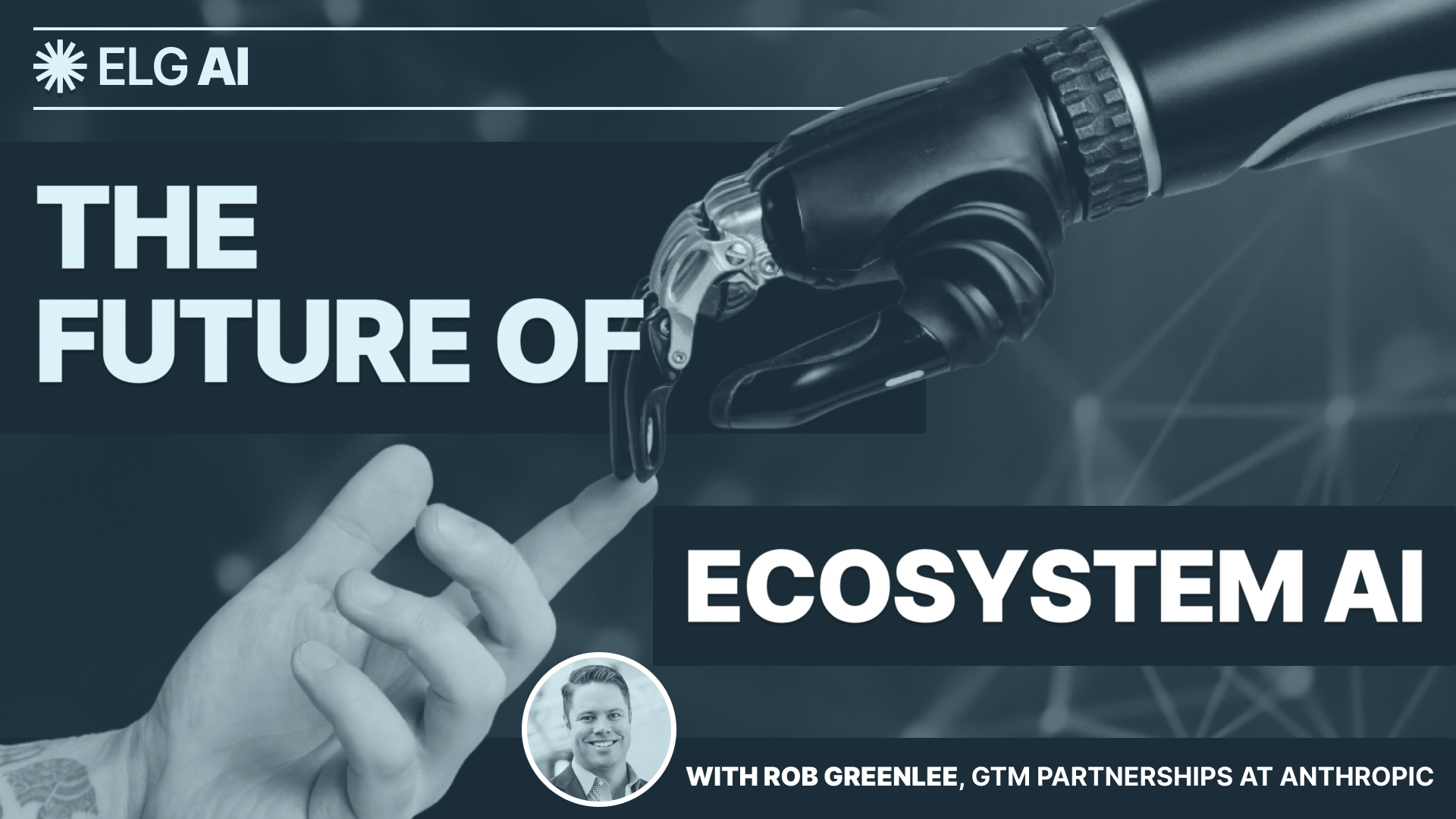
%20(1).jpg)
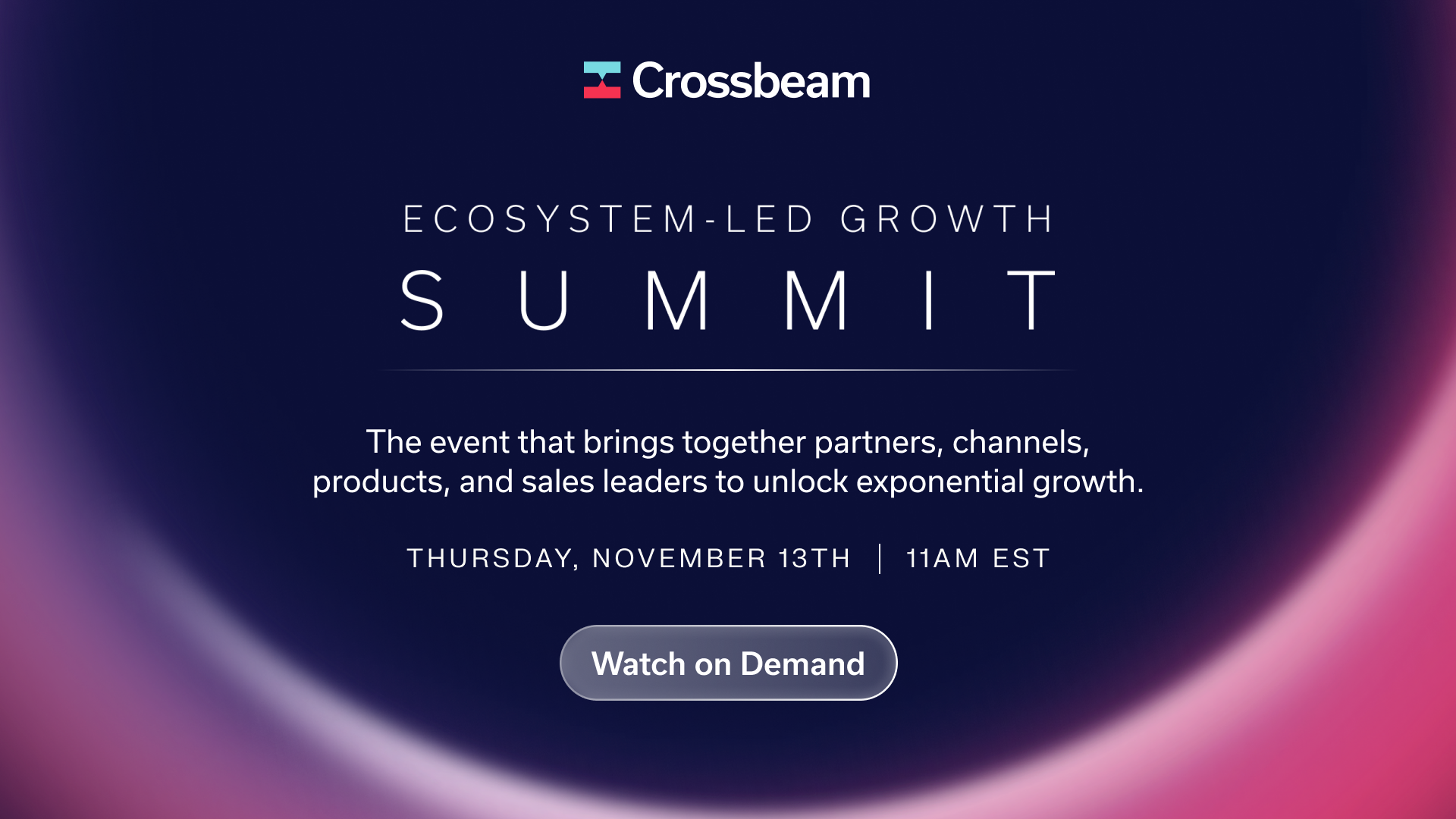

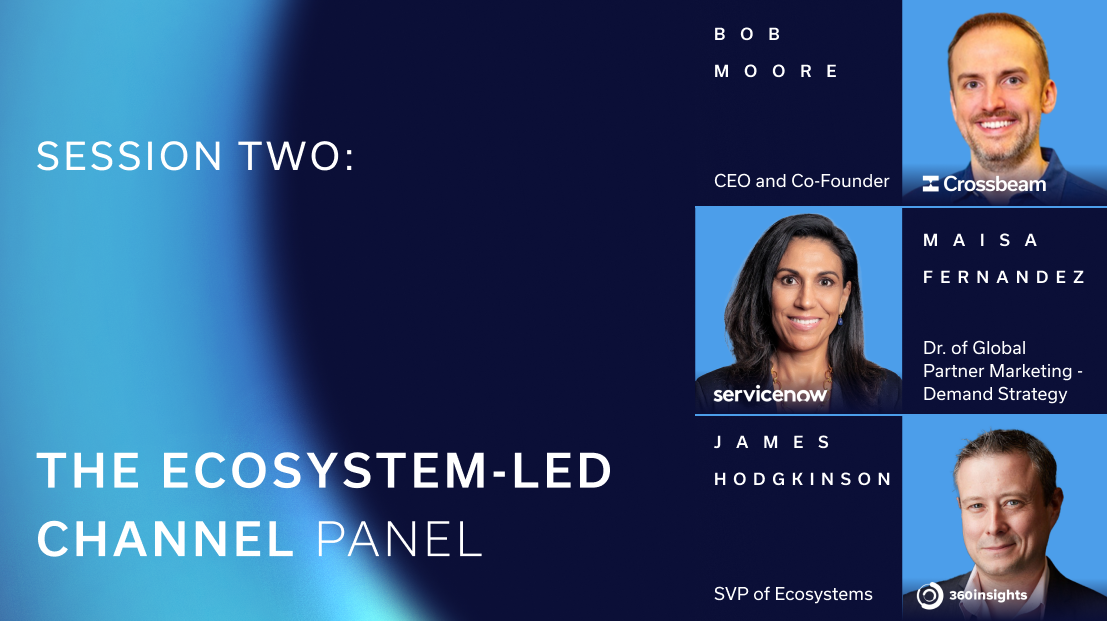



.png)
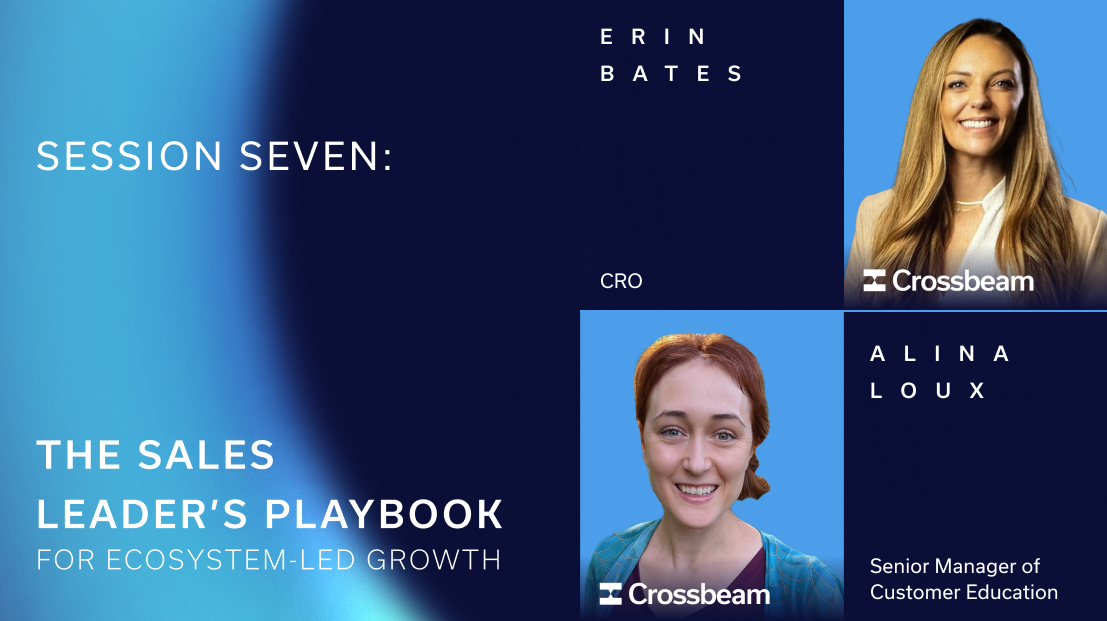













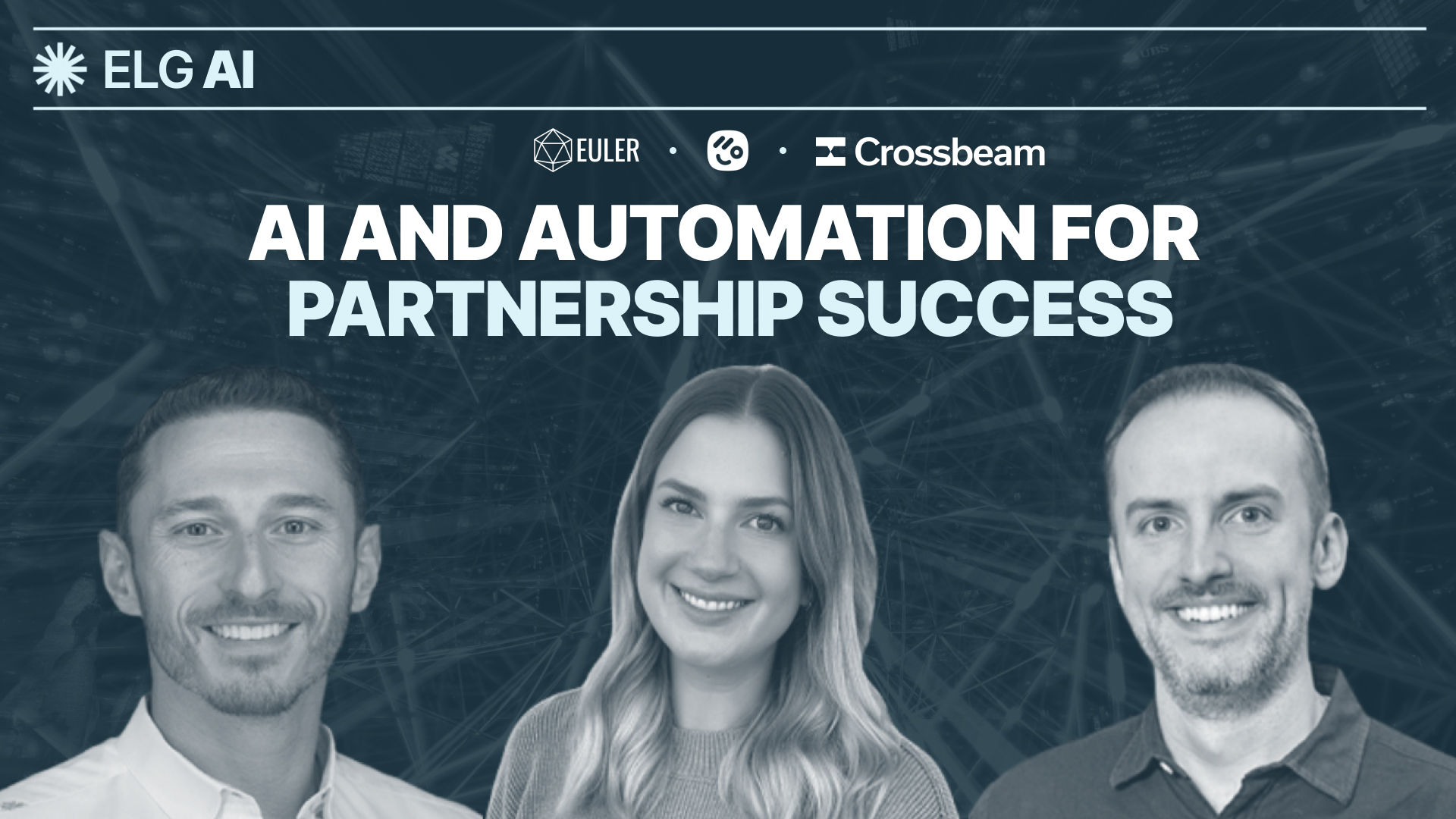
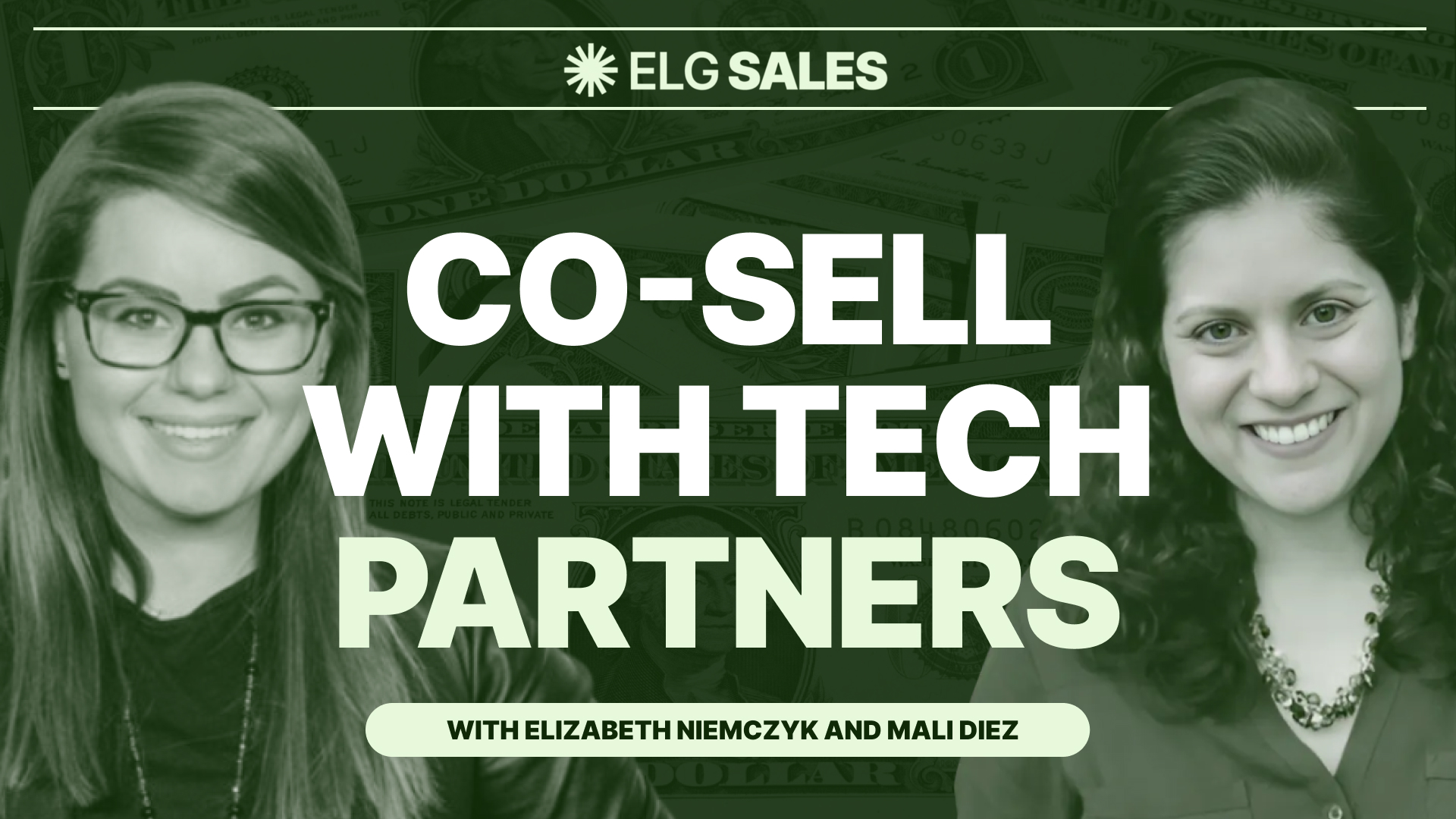
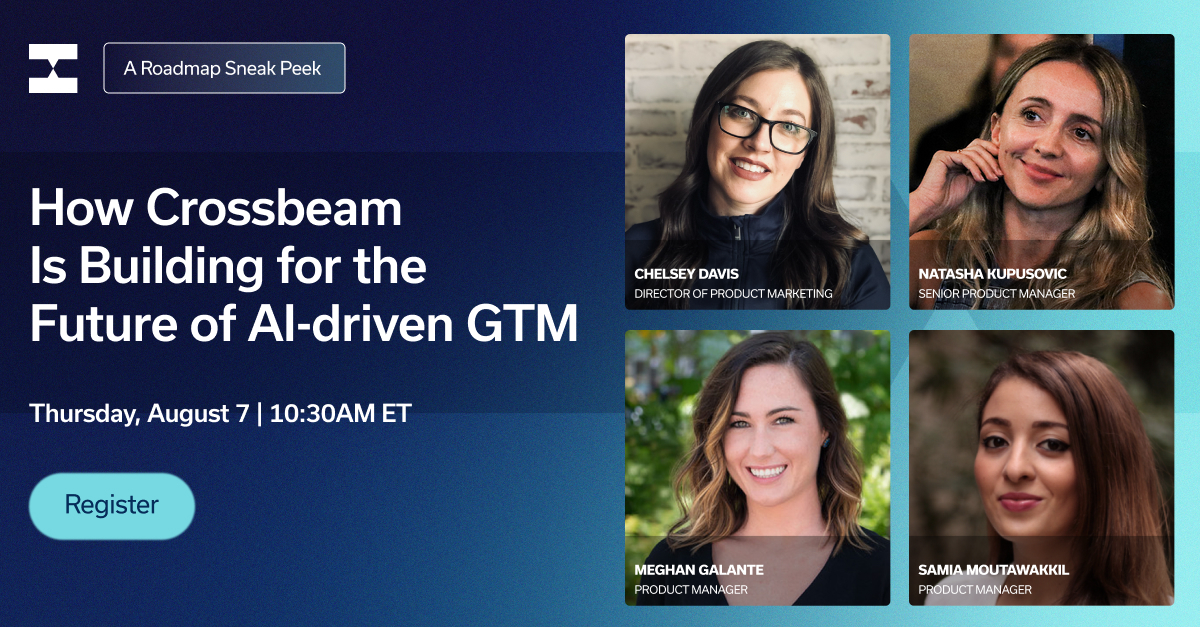
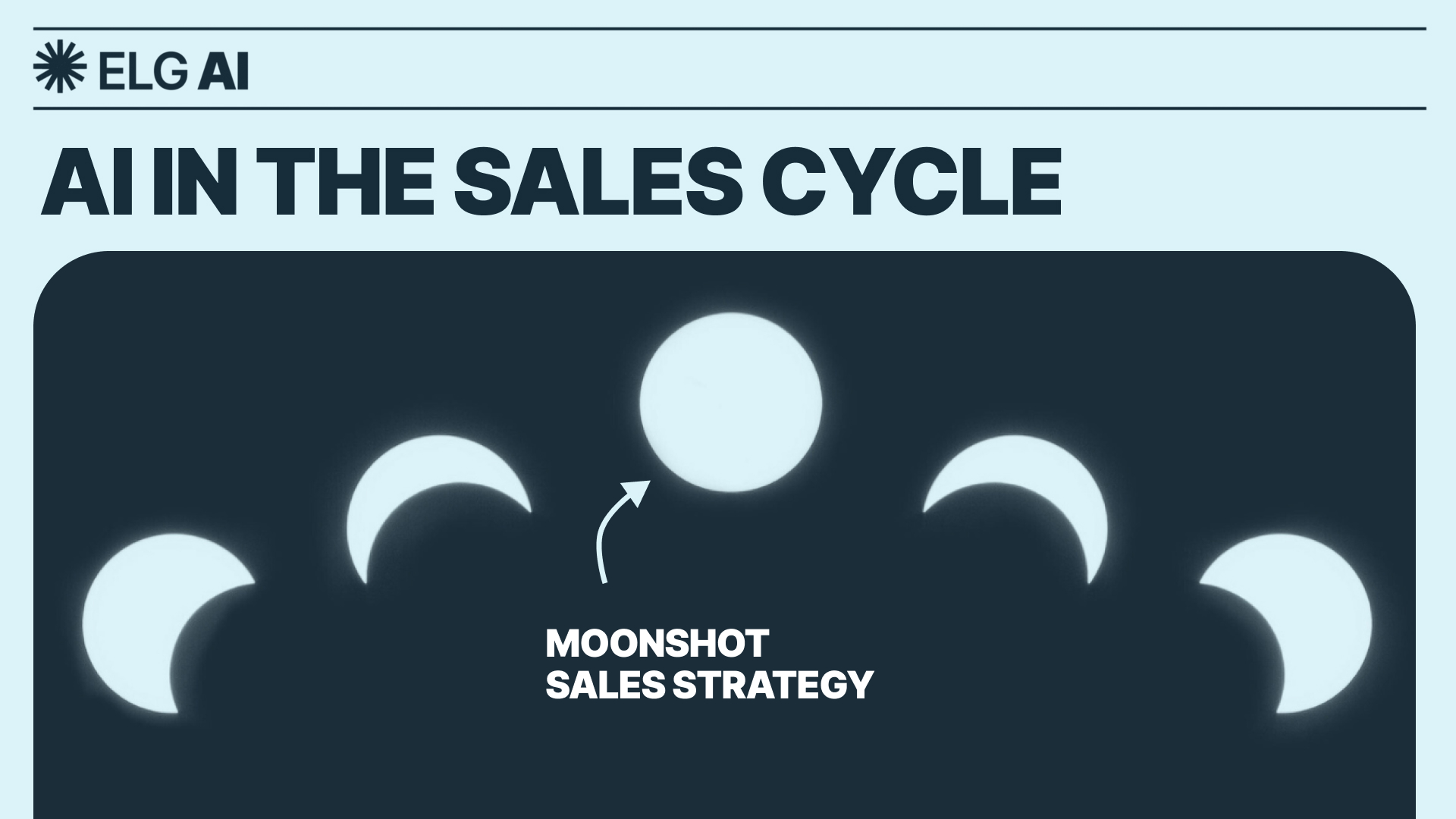










.jpg)




.png)



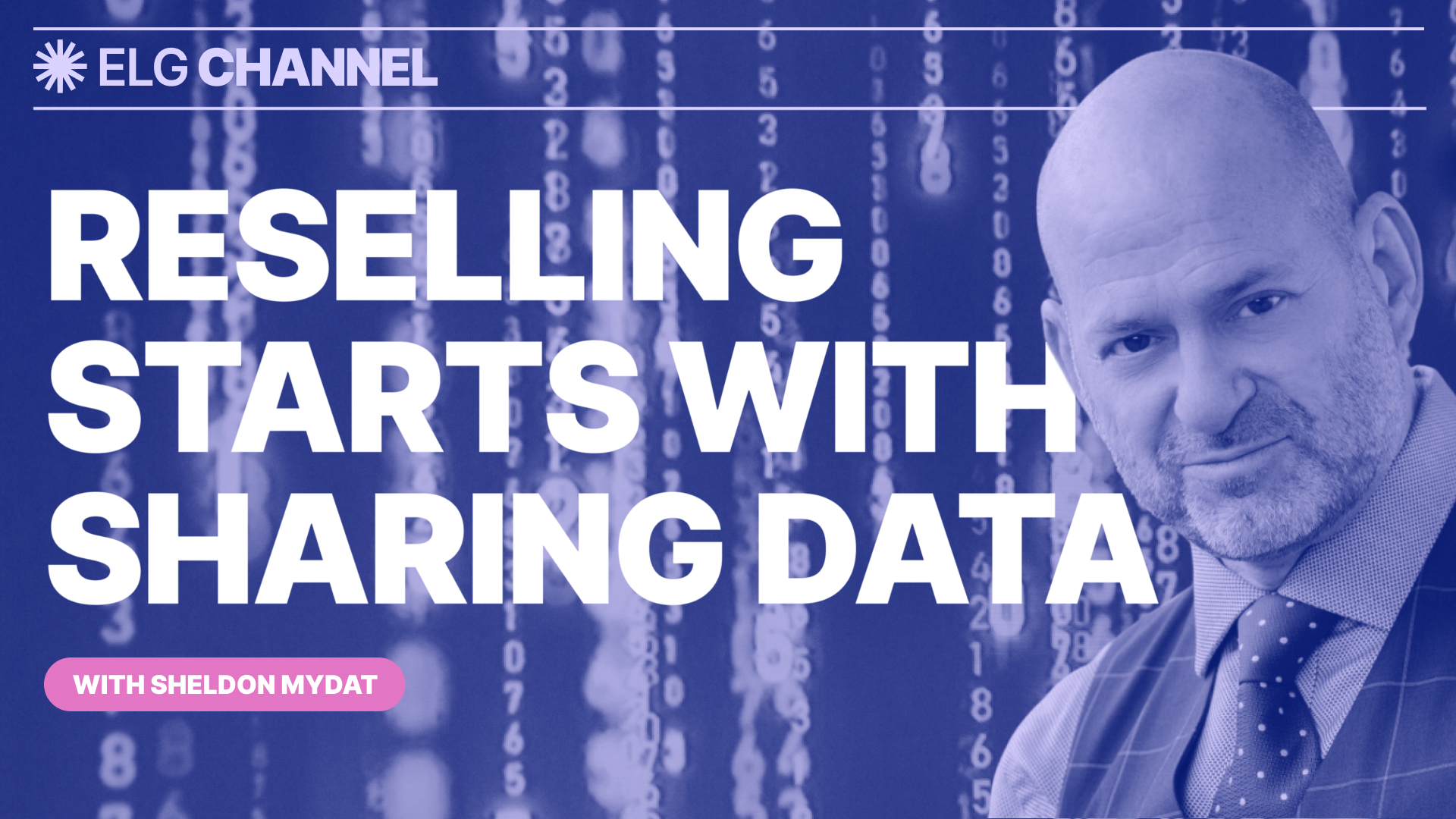


.jpg)





.jpg)

.webp)


















.webp)















